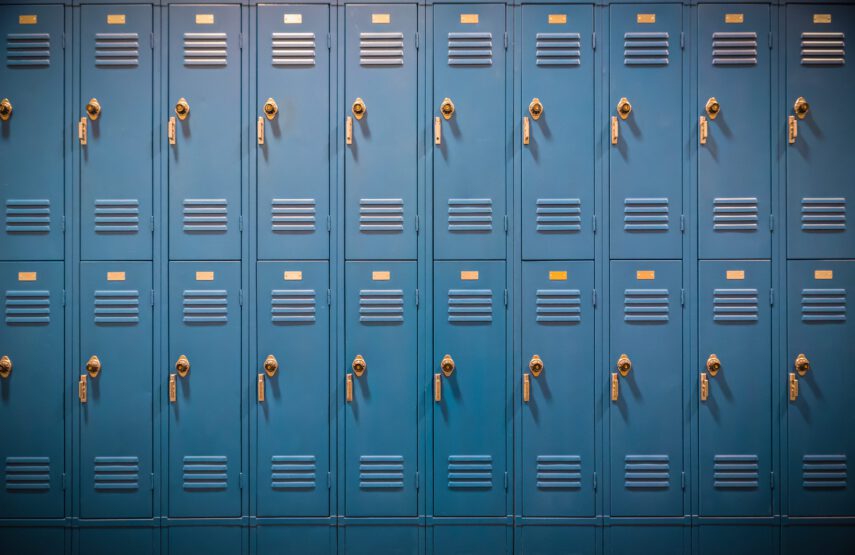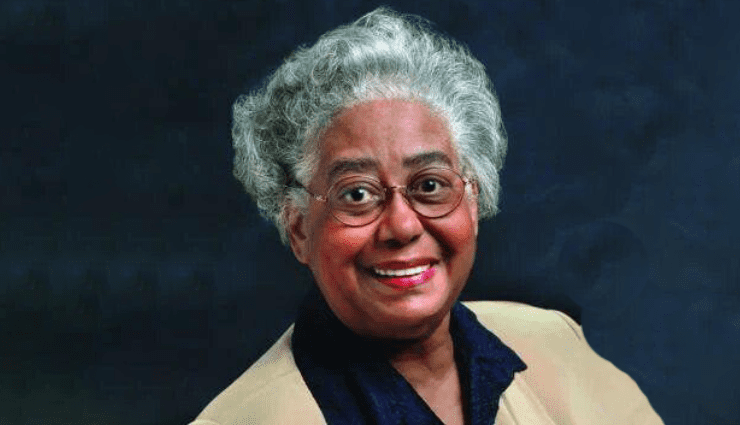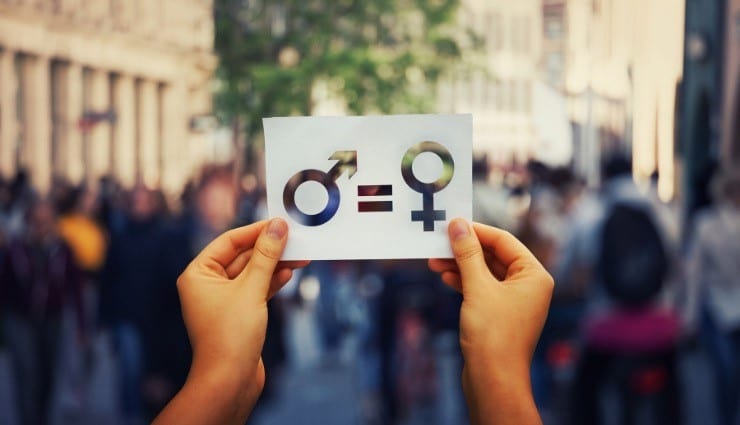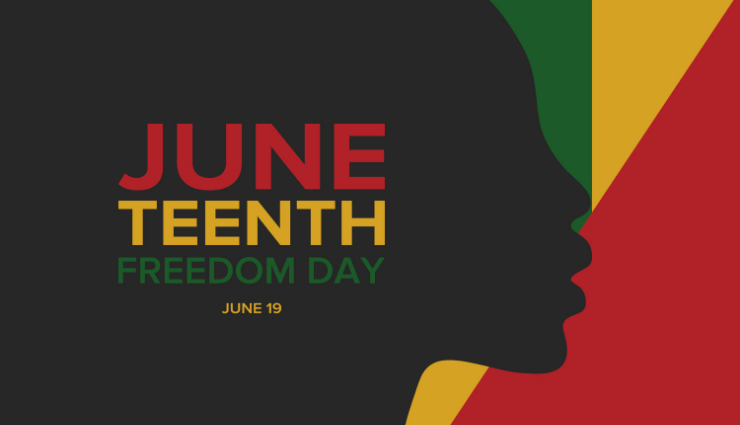The Next-Generation Independent School

Reading the New York Times one morning recently, I was attracted to two articles. The first focused on the rise of D.C.-area independent schools as basketball “powerhouses.” Despite the steady use of the word “elite” or “prestigious” to describe the schools, the article went on fairly to investigate the question of why some top athletes were choosing schools like Maret School and Sidwell Friends over traditional basketball powerhouse Catholic Schools or their local public schools.
What surprised me about the article, however, is that it didn’t dig into the cultures of the two schools at all. The reporter also didn’t ask why the schools were interested in these players. I suppose the presumption is that any school would want top basketball players, no questions asked. But I don’t imagine that is the case with Maret and Sidwell Friends. Either way, it would be interesting to hear the schools’ views. Overall, I found myself disappointed in the journalism. I know this article appeared in the Sports section, so it isn’t required to explore questions about the mission and culture of schools. But you’d think it would occur to the writer to ask if there was anything particular about the schools that were attractive to the student/athletes — especially African-American student/athletes — beyond the obvious answer that the schools prepare students academically for college. With one student, the reporter made it clear that he could not attend without a fairly generous financial aid package. Also, the reporter let it drop that Sidwell Friends would become a “minority majority” school in the coming year. But he didn’t connect either fact to the school’s mission.
We know that both of these young, talented African-American boys chose Maret and Sidwell for the quality of the basketball programs and the exposure to college recruiters. We know they and their families value education. But a quieter element of the story is that the boys like the schools for the quality of the schools’ cultures.
I walked away from the article happy for the boys. I just wished that journalists would hold back on the knee-jerk categorization of independent schools and ask more nuanced questions about what actually goes on there — about the missions and diversity goals of the institutions and the lived experiences of the students. I know that all independent schools depend on a certain percentage of wealthy people and the ongoing generosity of alumni to function as well as they do. In this regard, they are exclusive. But it continues to interest me that schools that are independent by design — schools that are pretty much free to do whatever they like — are increasingly designing their programs to be culturally inclusive places with a holistic focus on education for mind, body, and spirit. I know they do this imperfectly, but many of them try a lot harder than the rest of us to build diverse communities. To me, that’s a story for our times. In America today, a highly regarded independent school that transforms itself into a minority majority school is news worth exploring. Which brings me to the second article in the same issue of the New York Times.
The second article focused on the racial shortcomings of Memphis, Tennessee. In marking the 50th anniversary of the assassination of Martin Luther King, Jr., one article examined the ways in which the City of Memphis has never managed to embrace King’s teachings or evolve into the kind of community King envisioned. King went to Memphis to fight for the sanitation workers’ right to a living wage, among other things. The city, according to this article, has resisted paying living wages to this day, especially for people of color. As the author notes, Memphis today is 64% black and is the poorest metropolitan area in the nation.
For those of us who work in and care about independent schools — and more generally about quality, holistic education — one of the painful facts of this article is that the resistance to racial equity and just wages was orchestrated back in the late 1960s by, among others, then-Memphis Mayor Henry Loeb III, who attended an Phillips Academy (Andover) and Brown University. I know we’re looking back on a vastly different era. But I also know that Phillips Academy, and just about every independent school of that time, believed deeply in educating students to be smart and good. Many independent schools of that era had some kind of religious affiliation and, therefore, expected its graduates to lead moral lives. Most every independent school today talks about giving back, about public purpose. And yet, here was a man who took pride in paying his company’s workers below-living wages. He refused to negotiate with the striking sanitation workers or acknowledge the validity of their union. Loeb owned a large network of laundries in Memphis. Over the years, the company sold off the laundries, but invested in commercial real estate. Today, Loeb Properties, run by two of Henry Loeb’s nephews, is, according to the Times, “an empire, managing more than two million square feet of commercial, retail, and industrial and residential property in and around Memphis.”
There are three things I’d like to see happen. First, I’d like to see independent schools continue to strengthen their commitments to diversity and inclusion (particularly racial and economic diversity) and carefully examine how well their curricula and school cultures lead to the sort of outcomes the schools claim to care most about — educating for the heart and mind, for personal fulfillment, and social justice.
I understand why journalists unfamiliar with independent schools might continue to see them primarily as schools for the rich. But I have watched the independent school community evolve in interesting ways over the past three decades. Many of them today are more integrated than the vast majority of public schools, and many have also committed to creating cultures of inclusion and shifting to a multicultural curriculum. It’s cool that Sidwell has a competitive basketball team. But it’s even better that the school will also be one of the most racially inclusive schools in the county next year. And, for the record, Phillips Academy has had a need-blind admission policy for the past 11 years. It offers financial aid to 48% of the students, draws students from 39 states and 45 countries, has a student body that is 48% students of color, and has demonstrated a long-running commitment to a well-functioning, multicultural community and curriculum. Since 1990, Andover has also run the Institute for Recruitment of Teachers (IRT), which addresses the lack of diversity in the nation’s teaching faculties by recruiting outstanding students of color and other scholars committed to diversity.
Second, as schools increasingly claim to offer programs that prepare students for 21st-century living, I’d like to see how well they can connect efforts to instill personal and social skills — such as problem solving, critical thinking, and creativity — to solving 21st-century issues. Independent schools represent less than one-half of one percent of the schools in the nation, yet they currently have an outsized influence on the nation and the world. Four of our last five U.S. presidents have been independent school graduates. The community can claim more than its share of the members of the U.S. Congress and state governors. In every key area of American life — from Wall Street to the arts to Silicon Valley — independent school graduates are succeeding and leading. Apparently, independent school graduates are also showing up in increasing numbers in the NBA.
I read mission statement after mission statement about the importance of morally engaged graduates and global citizenship. But the actions of some independent school graduates make it clear that the schools can do better — and our society as a whole can do better. I know a school can’t be responsible for the behavior of its graduates. But imagine how things might have turned out if Henry Loeb had attended a racially diverse independent school in the 1950s and went to Memphis with the cultural competency and mindset to help create an inclusive culture that treated all people with the respect and support they deserve. Among other things, we might not be using this April to mark the 50th anniversary of the assassination of Martin Luther King, Jr.
Perhaps a useful mantra here is: What can we do today in schools to ensure, as the MacArthur Foundation puts it, “a more just, peaceful, and verdant world”?
The third thing I’d like to see is a deeper commitment to the education of top athletes. The two high school basketball players noted in the Times article were wise to choose high schools with excellent academic reputations. Colleges and universities that place men’s basketball teams in the NCAA tournament each year have been getting steadily better at helping their athletes obtain their undergraduate degrees. But the numbers are still too low. And there remains a graduation gap between white athletes and African-American athletes. According to the Institute for Diversity and Ethics in Sport (TIDES) at the University of Central Florida, the graduation success rate (GSR) numbers for African-American male basketball student-athletes in 2017 was 74%. The GSR for white male basketball student-athletes that year was at 93%. Worse, the gap between the rates of white and African-American male basketball student athletes increased to 19% in 2017 from 18% in 2016. Dr. Richard Lapchick, the primary author of the study, noted that “in 2017, 22% of the men’s teams [in the NCAA tournament] had a GSR disparity of greater than 30% between white student-athletes and African-American student-athletes.”
Given that the vast majority of collegiate athletes do not go on to play professionally and that most of those who go play professionally have only a short tenure in the pros, we need to stop using young adult athletes to enhance the reputation of colleges and universities without offering each and everyone of them a safety net — the opportunity to get a degree. It’s nice to see that colleges and universities are making an effort to improve the graduation rate of their athletes. But they still have a ways to go — especially for students of color.
Maybe all I’m asking here is that the current version of schools — and colleges and universities — continue to improve on previous generations, and that they pay particular attention to student success based on race so that in the near future there will be no race-based gaps in student outcomes. All educational institutions have high ideals and are great at spelling them out. But living up to those ideals takes an extra level of commitment and vigilance, especially these days.
Michael Brosnan is an independent writer and editor with a particular interest in education and social change. His latest book of poetry, “The Sovereignty of the Accidental,” was recently published by Harbor Mountain Press. He can be reached at michaelbrosnan54@gmail.com.








